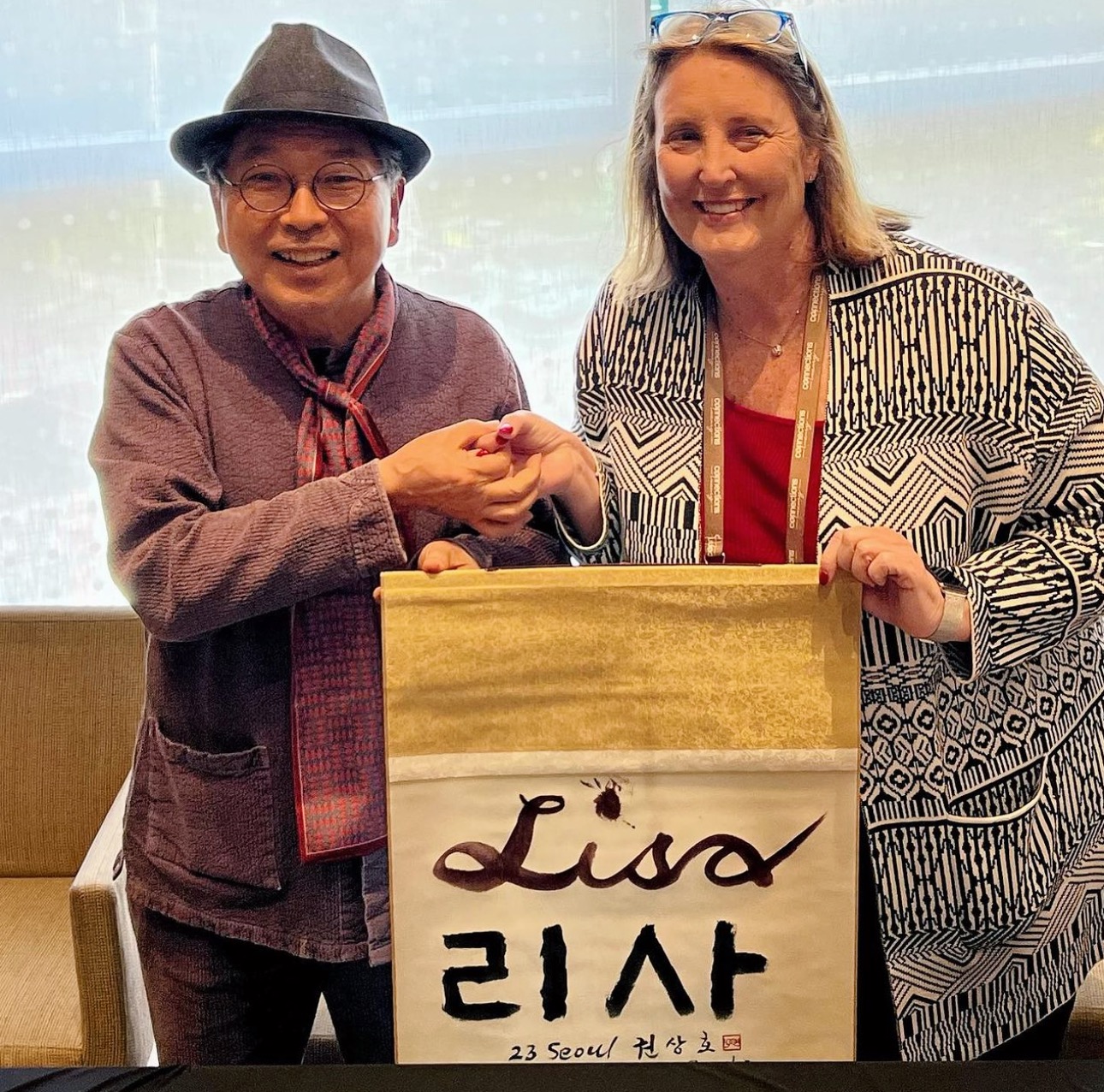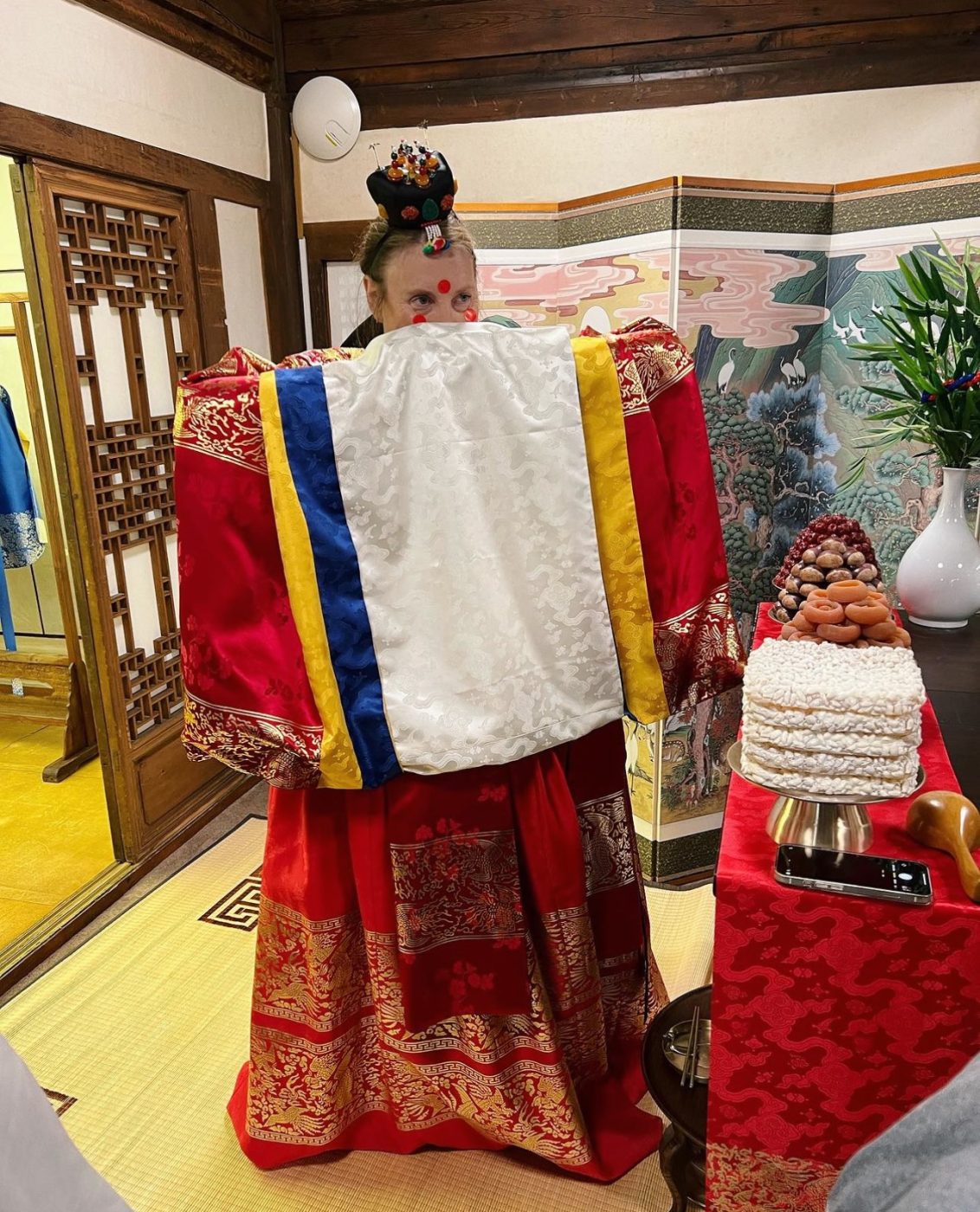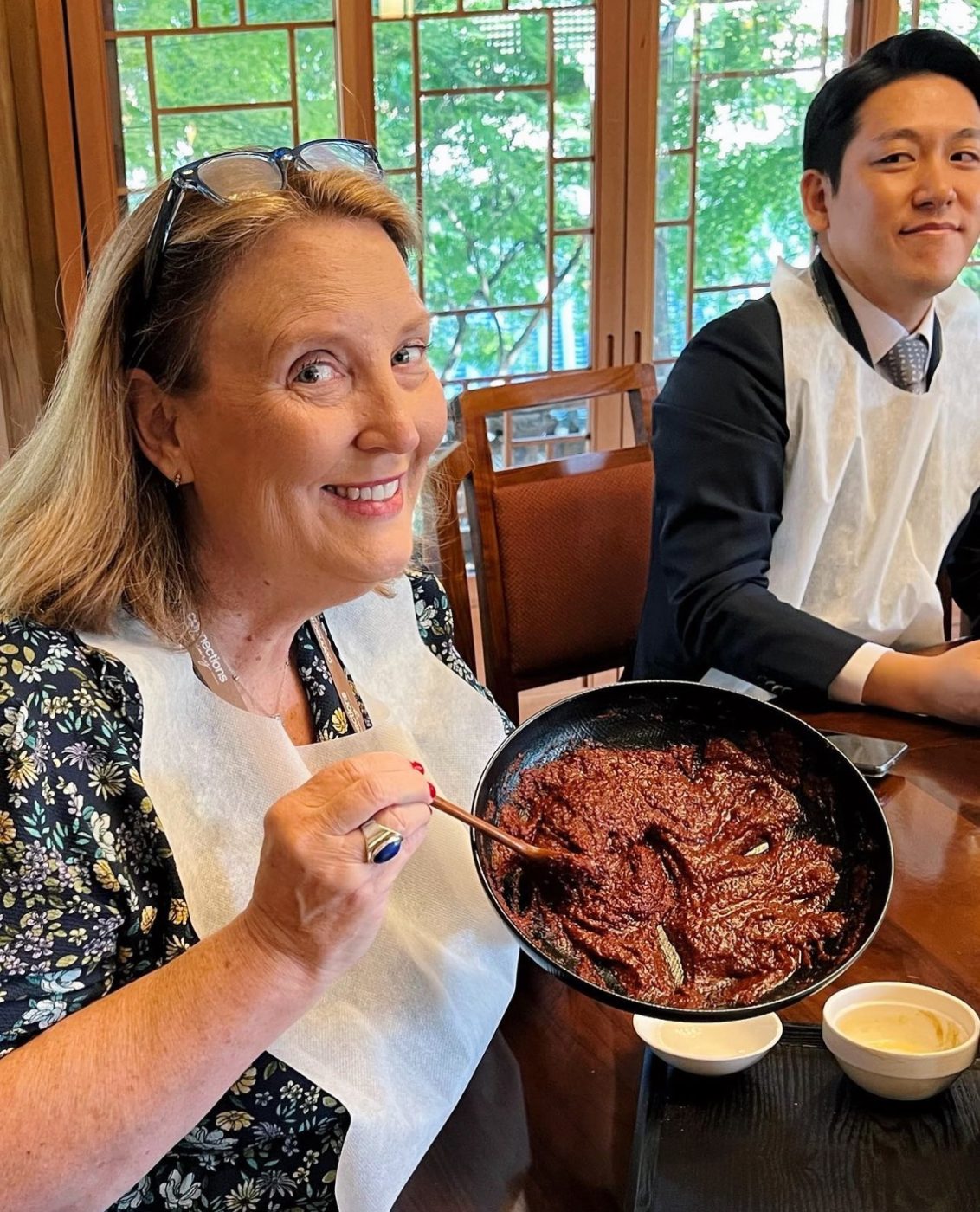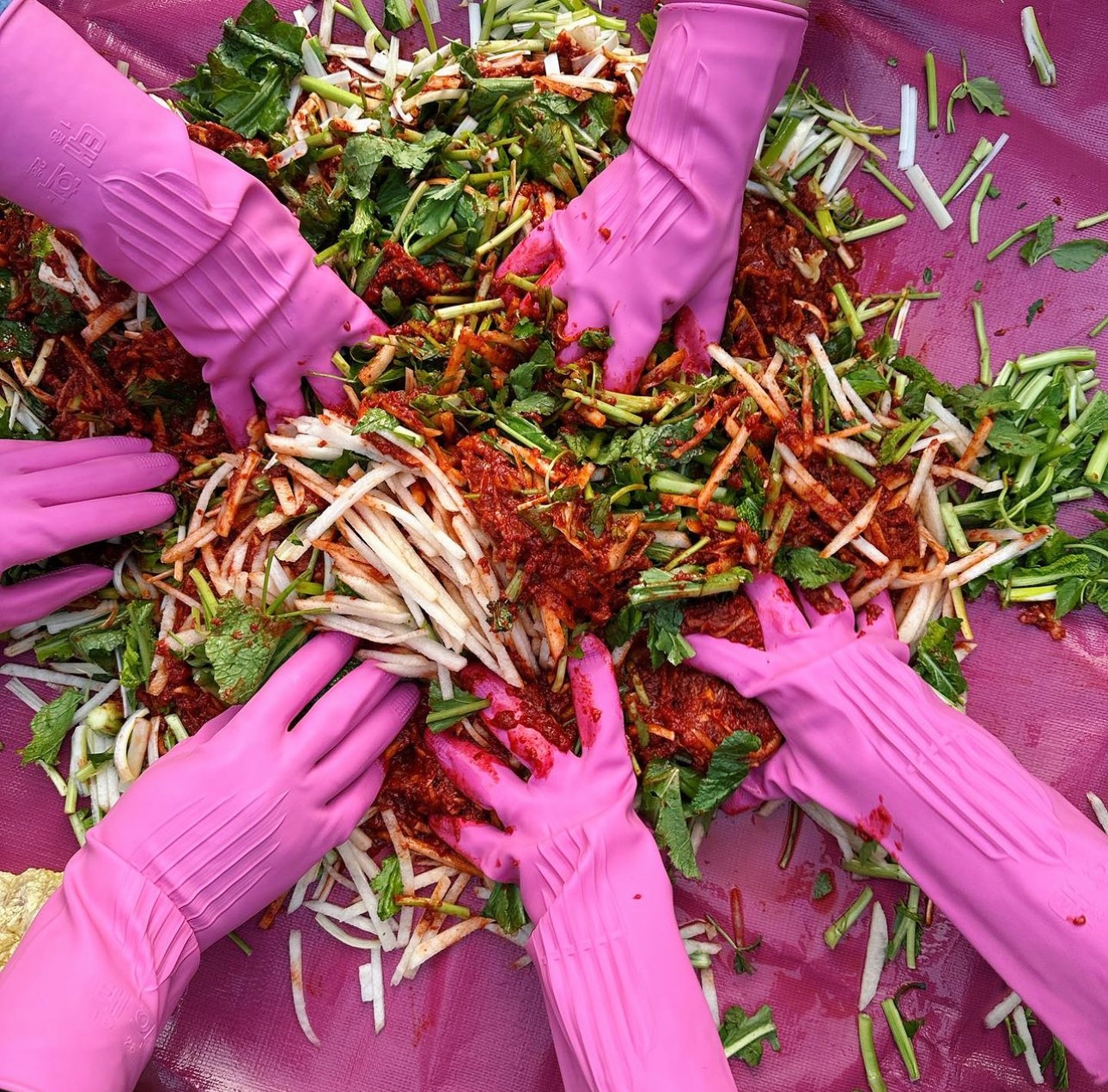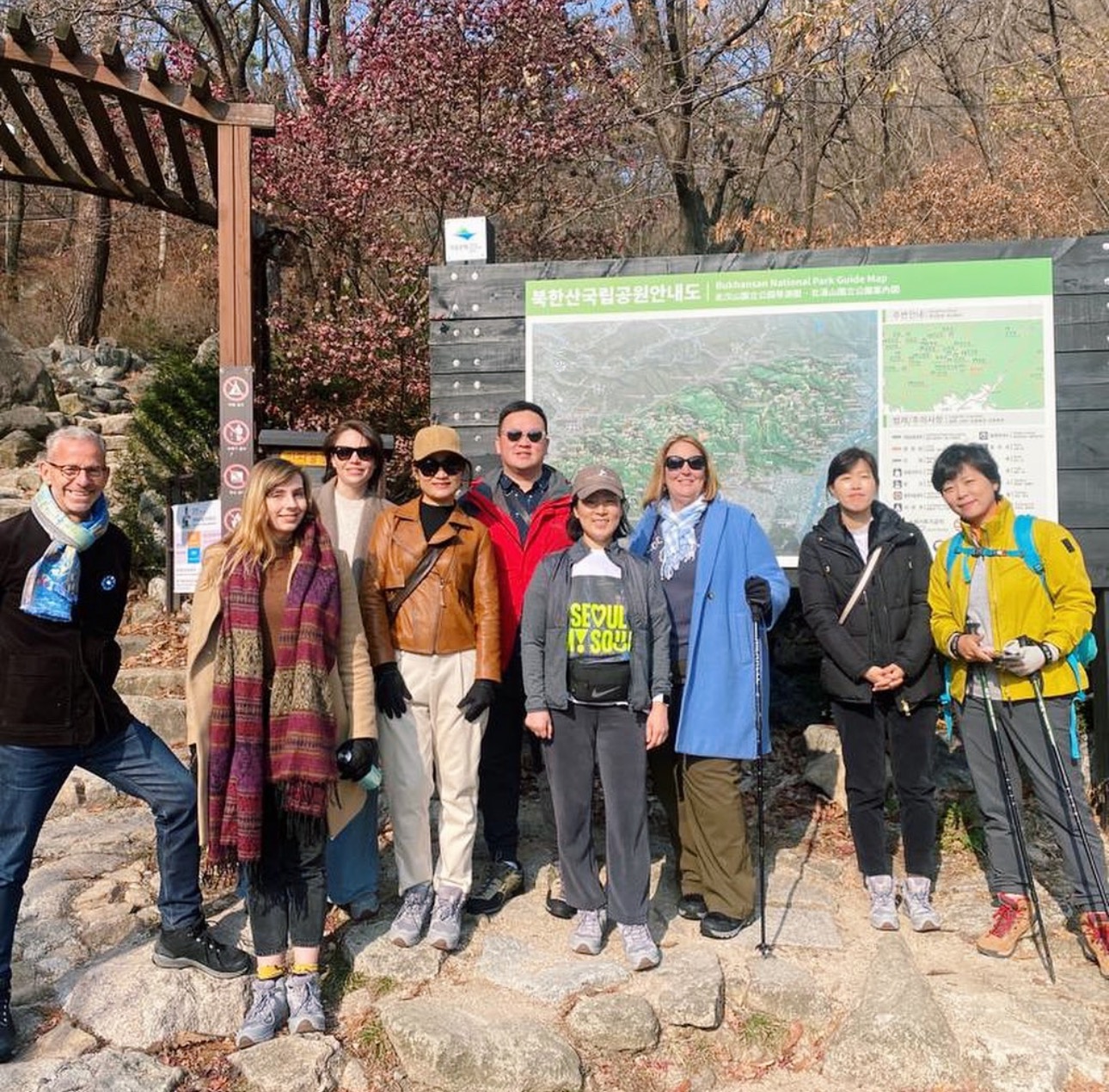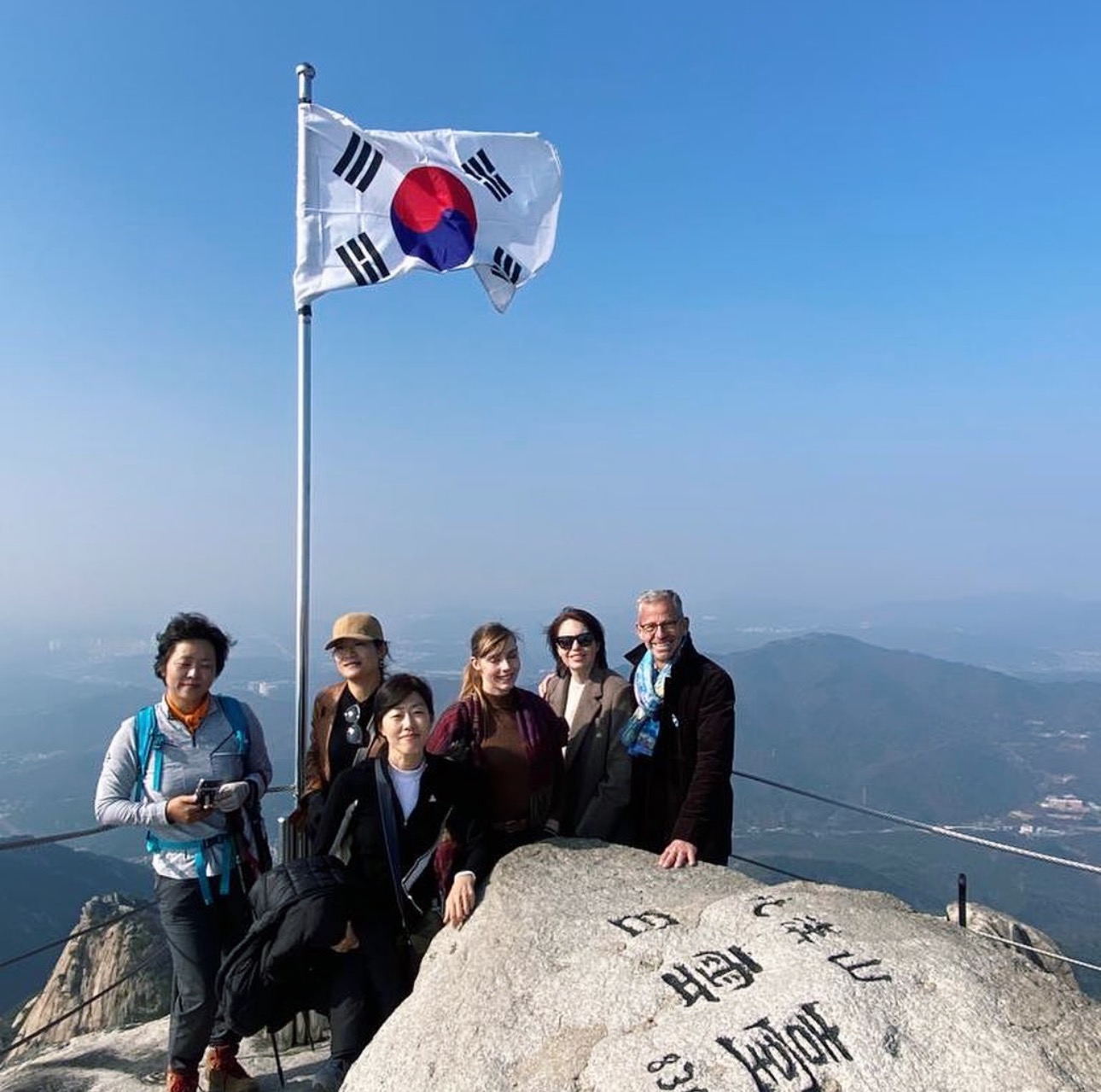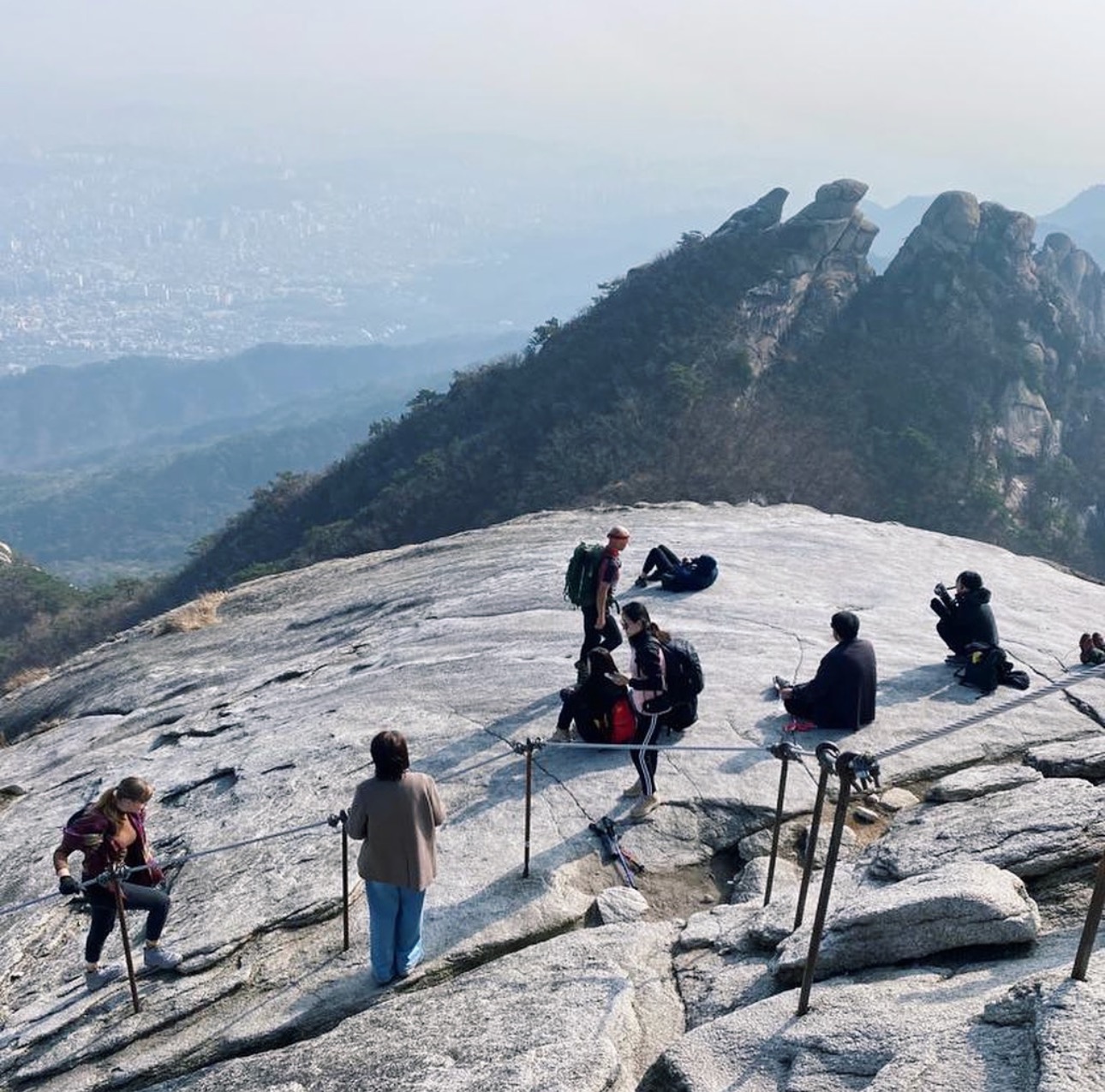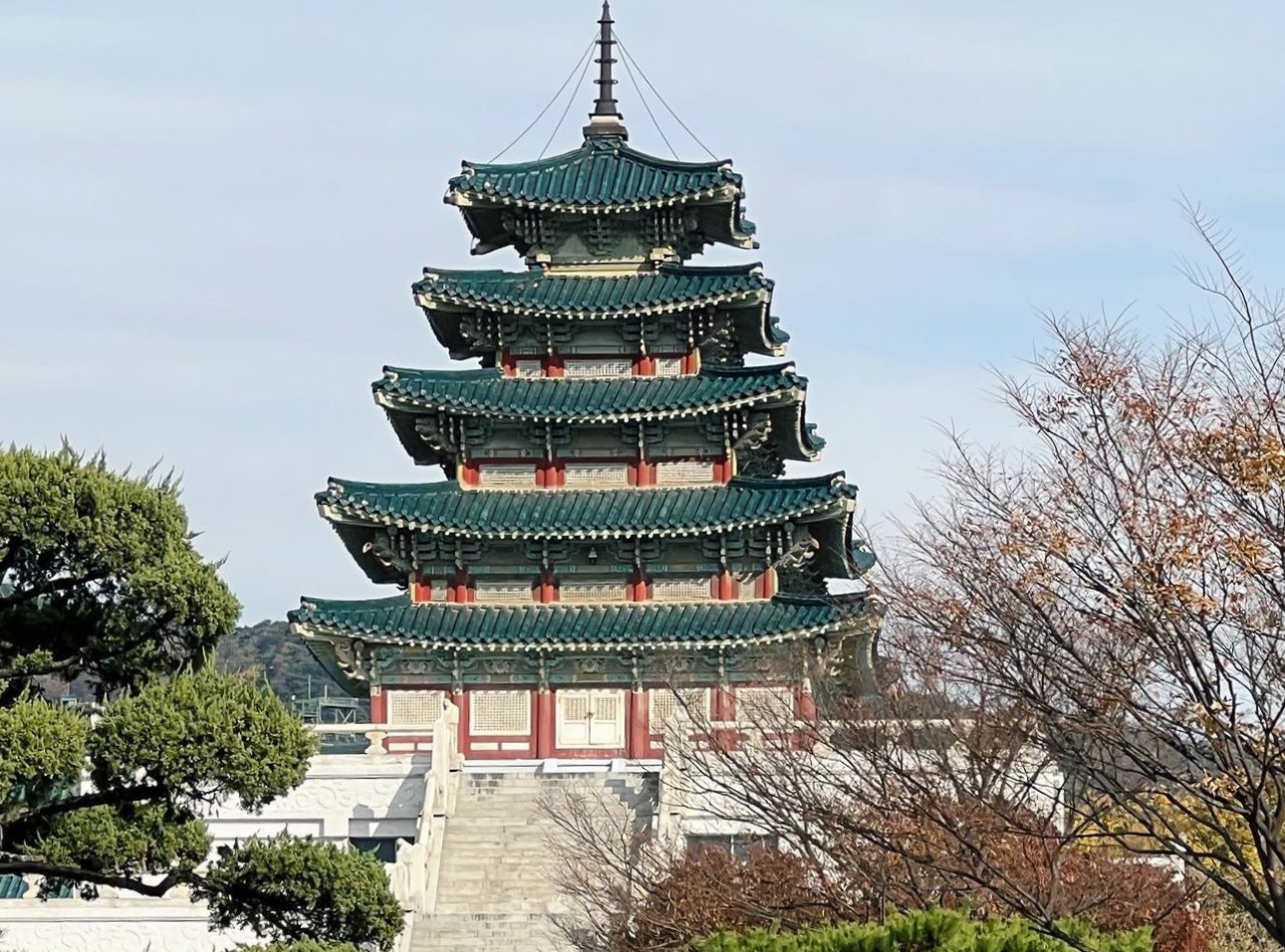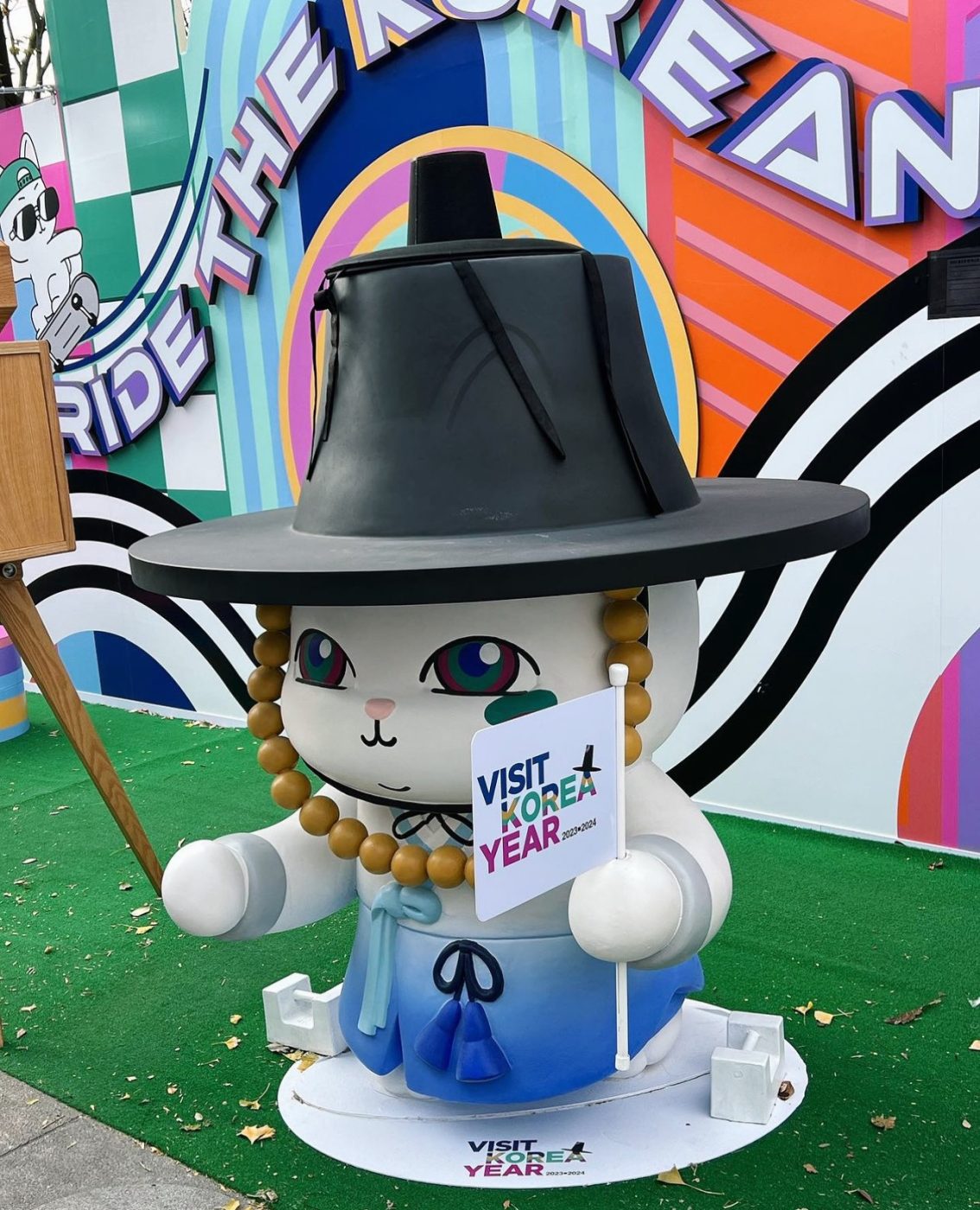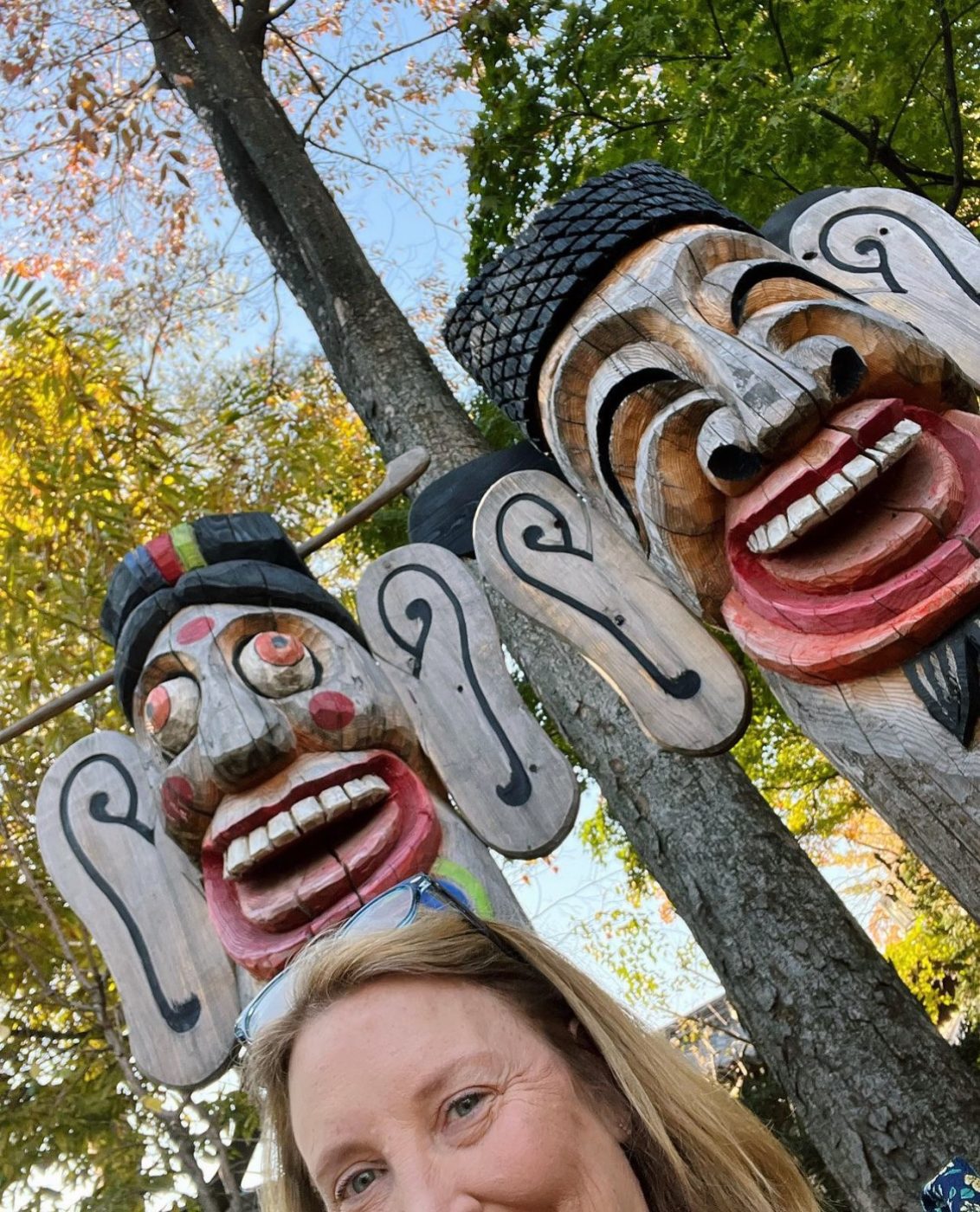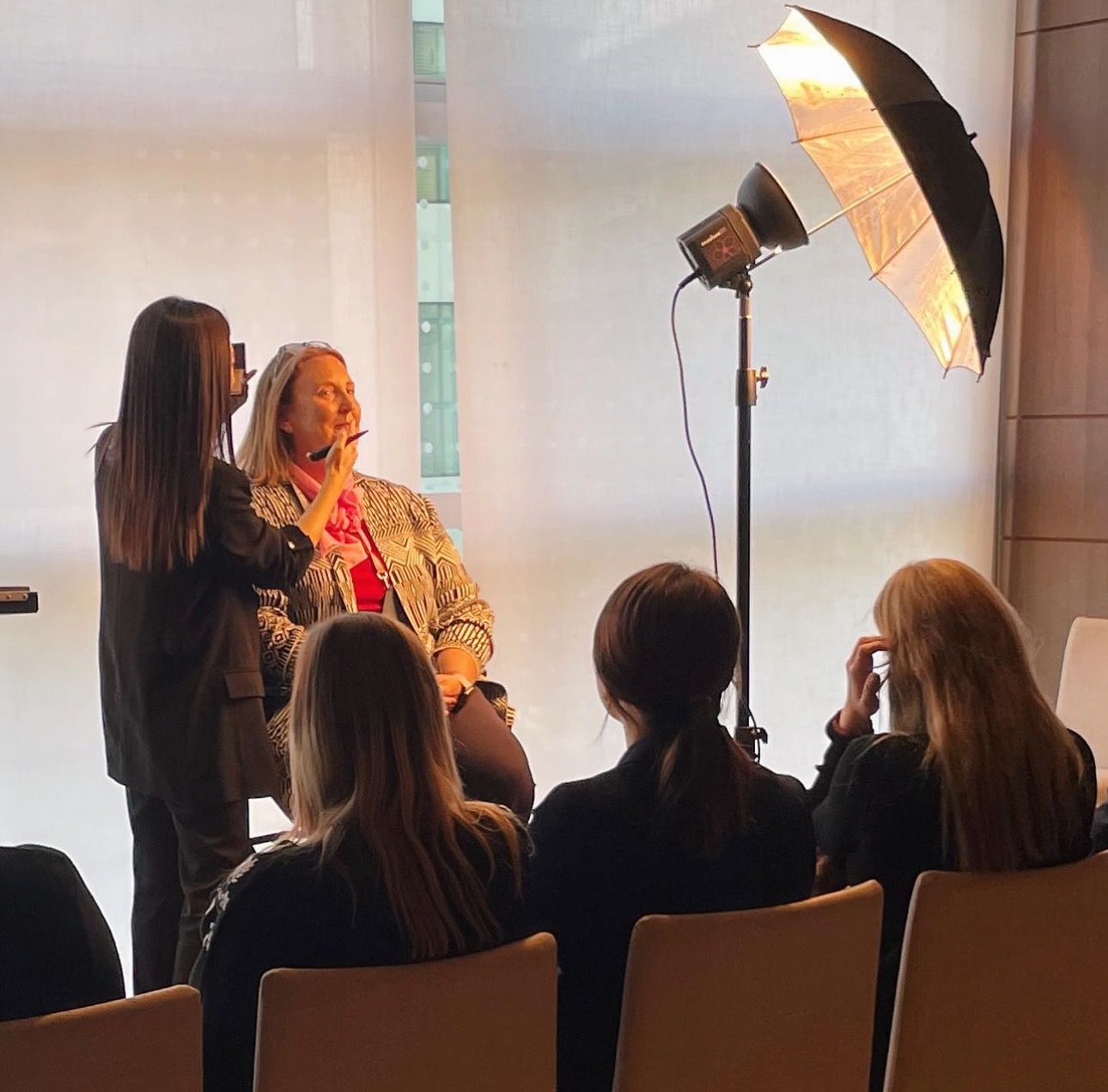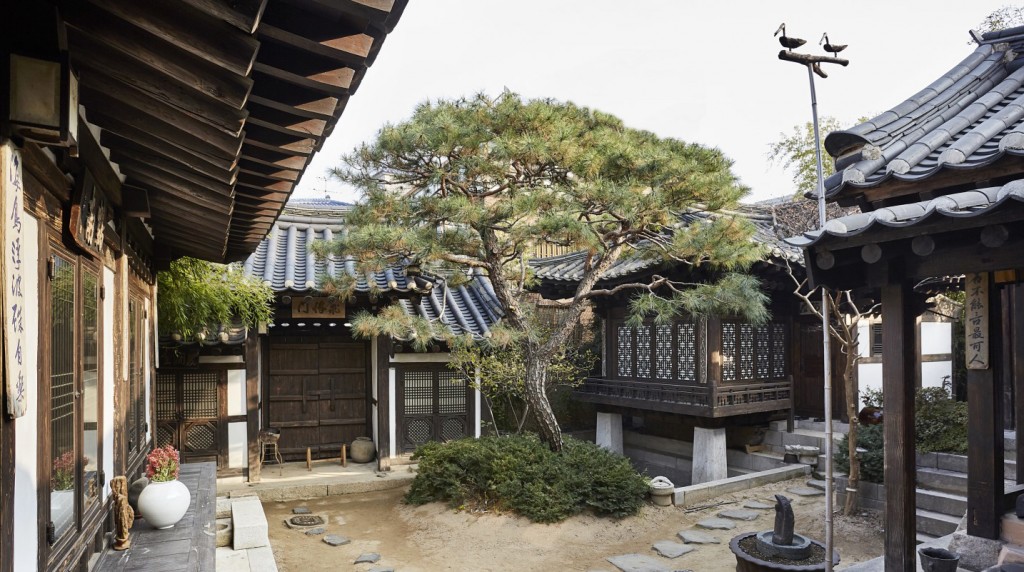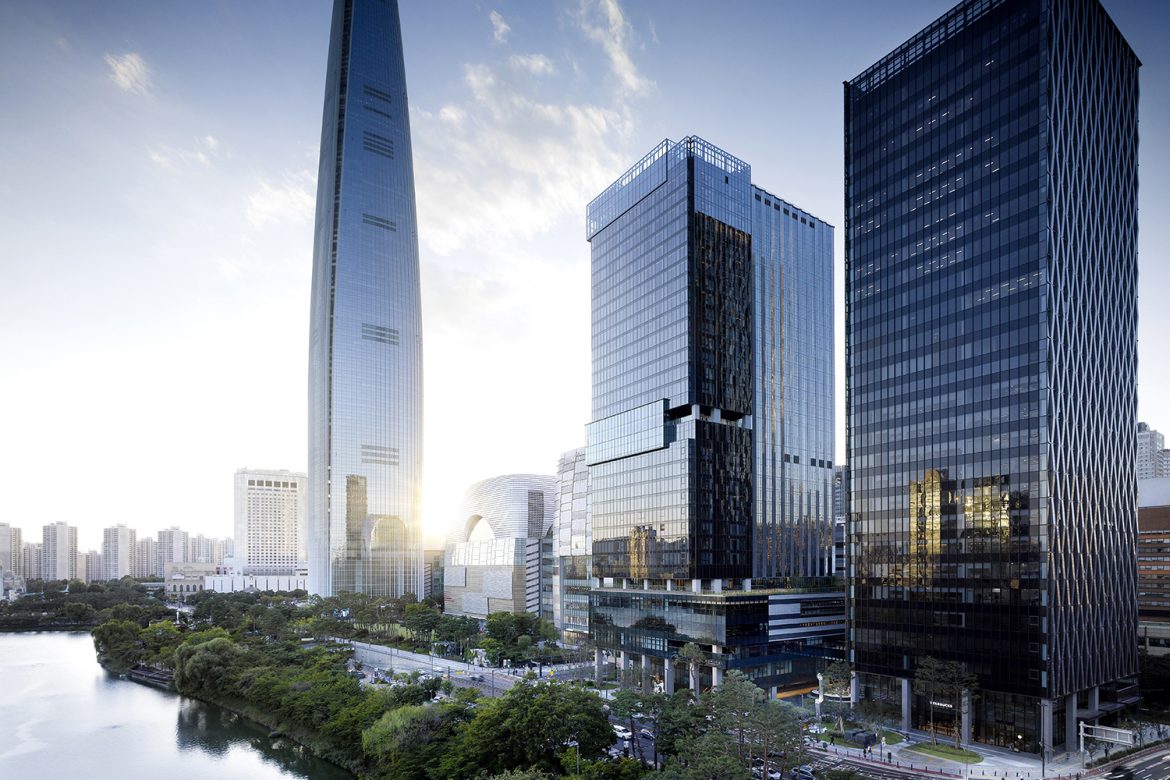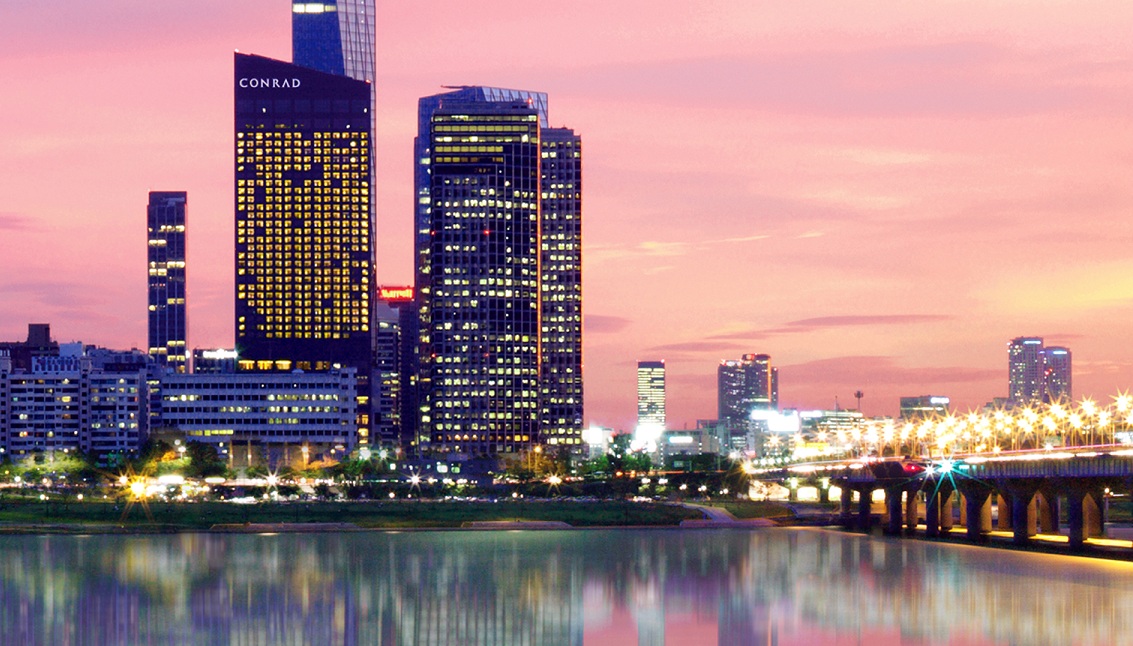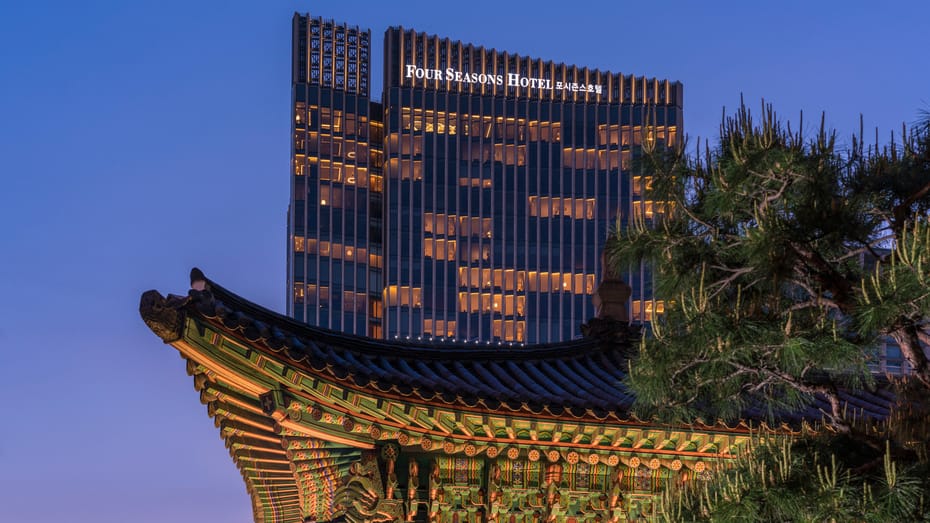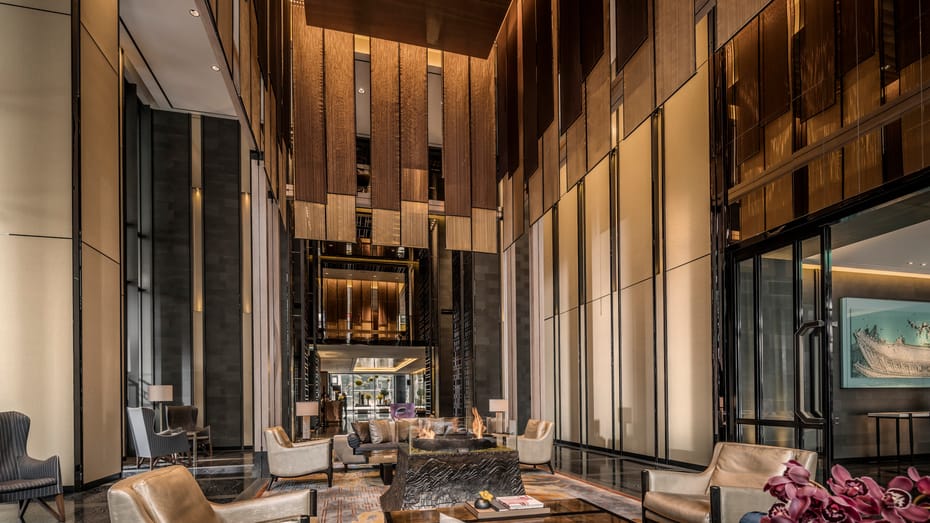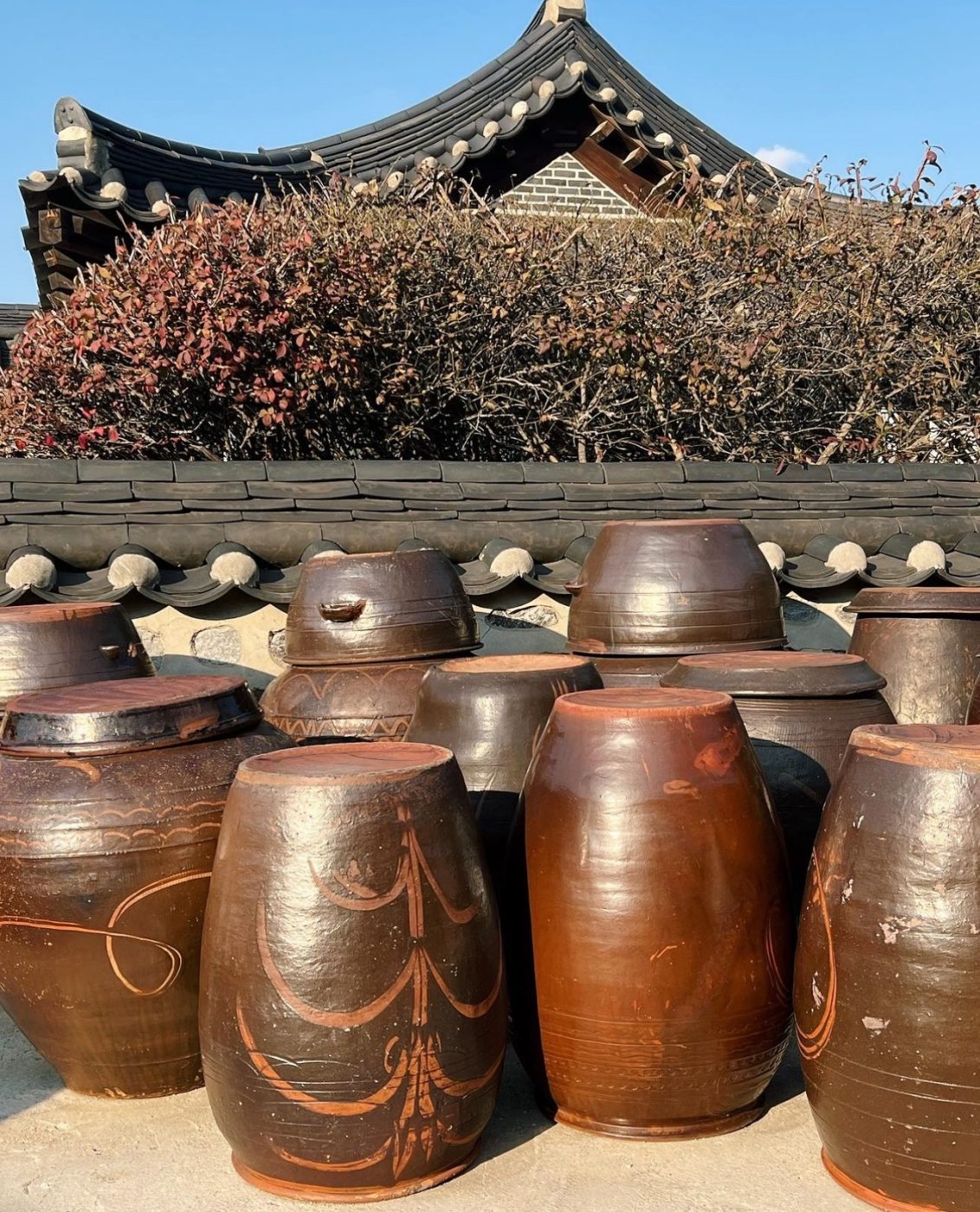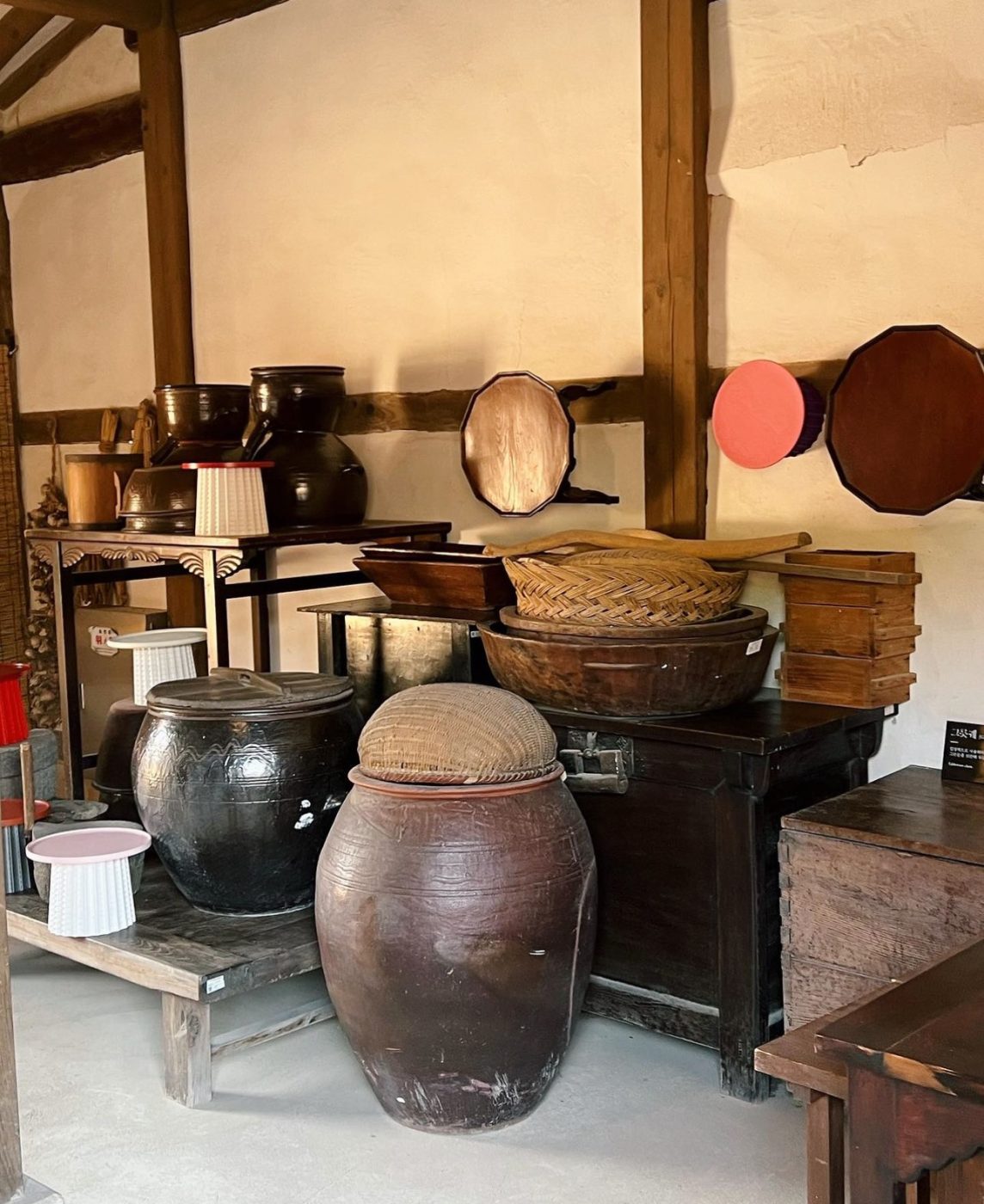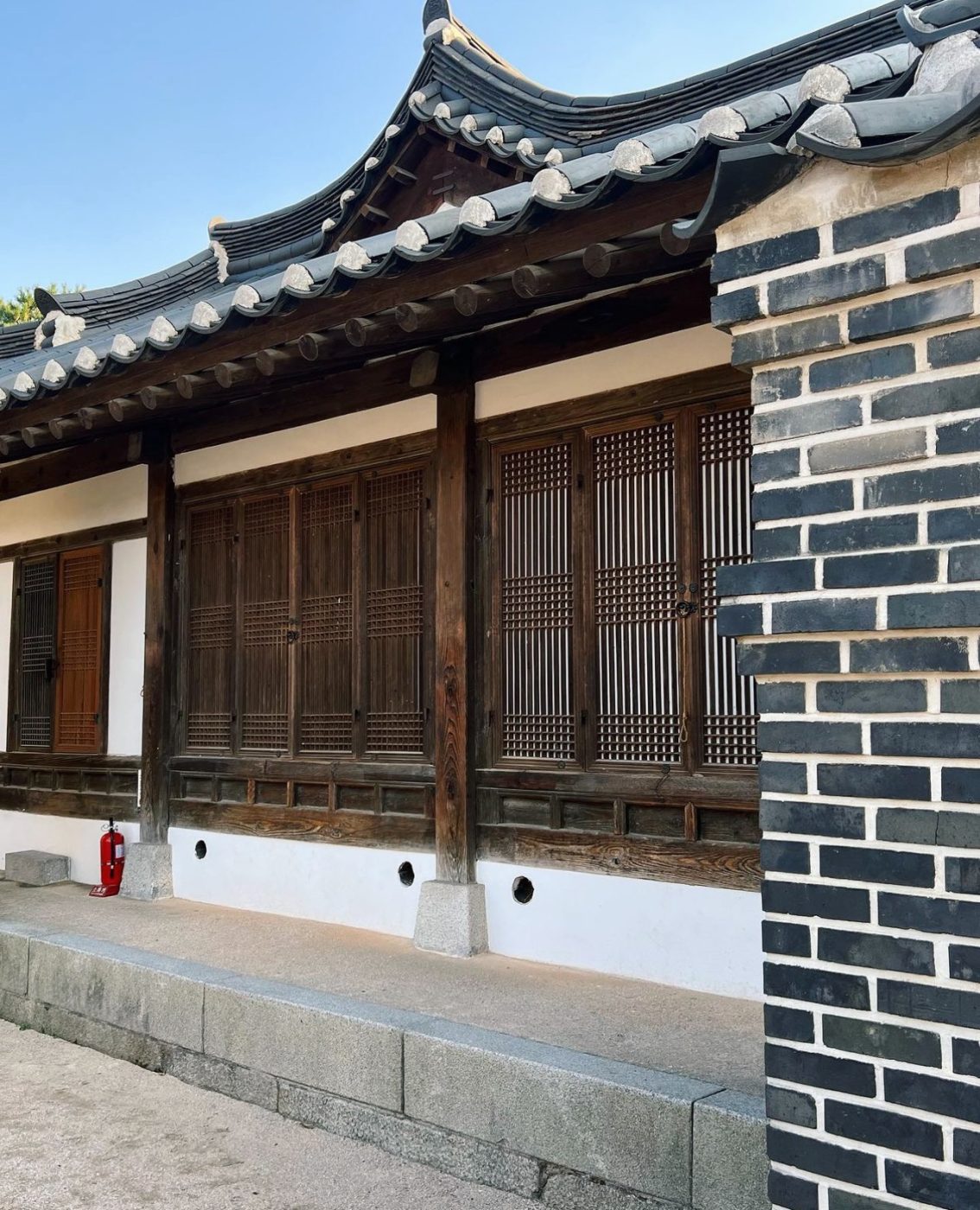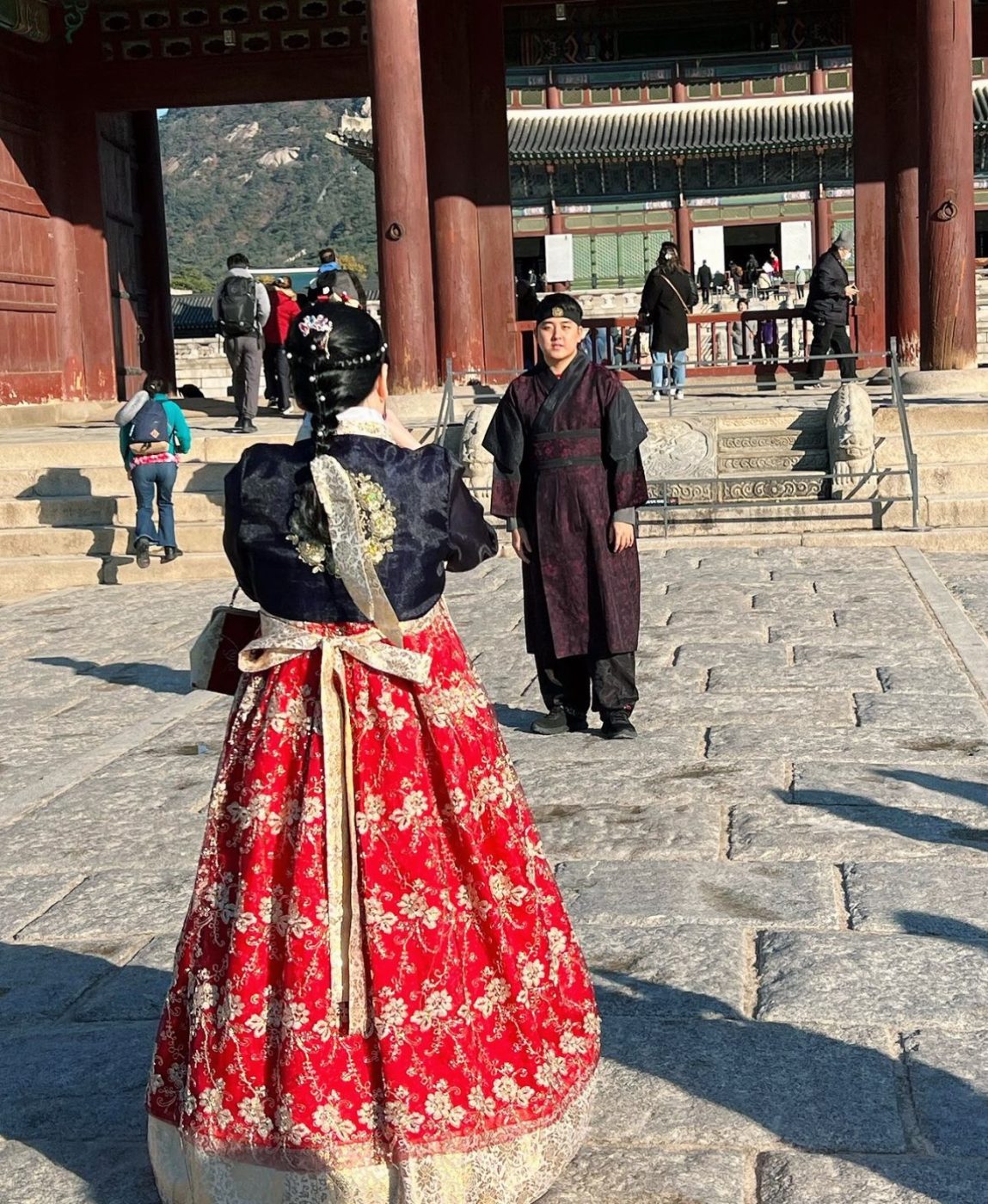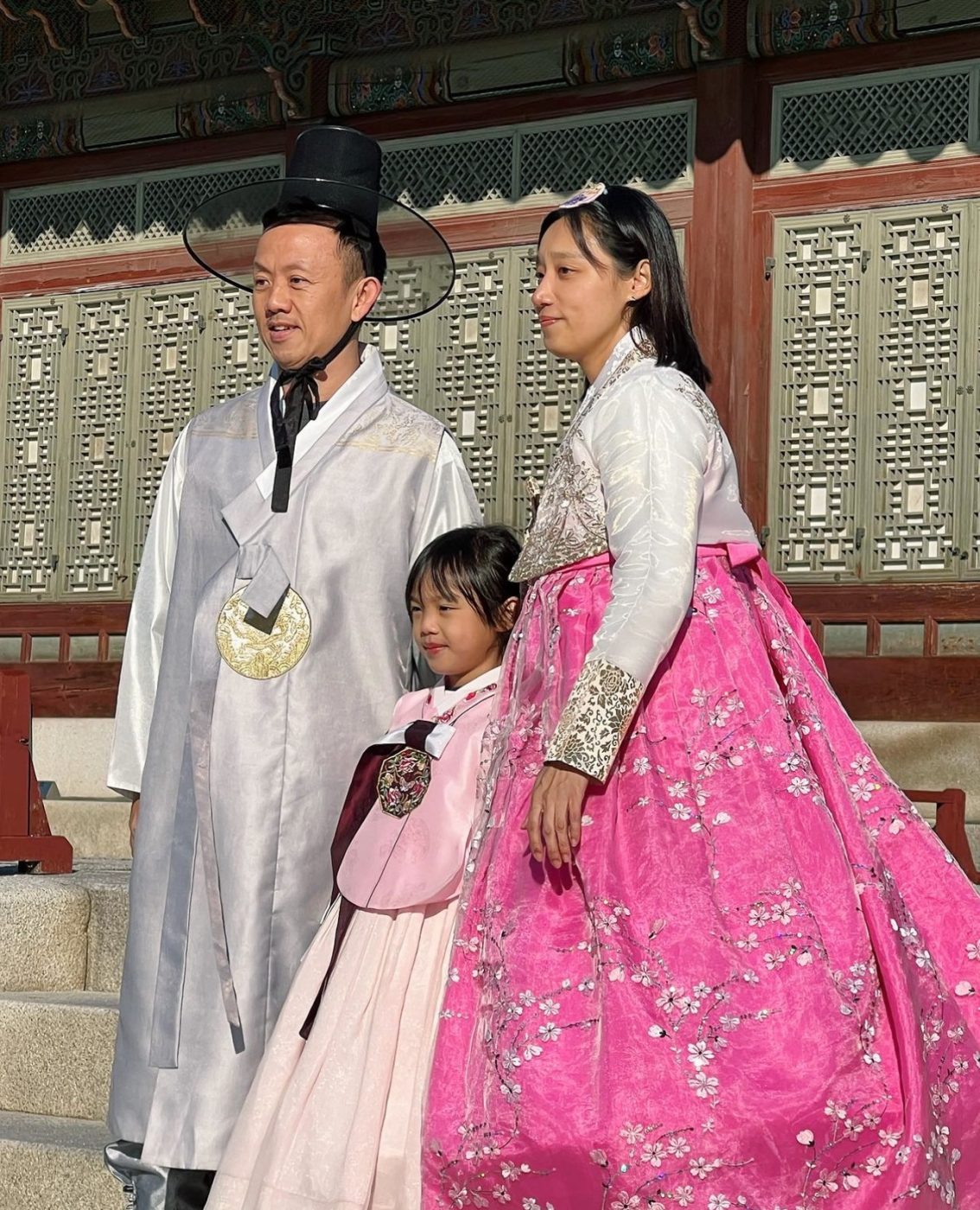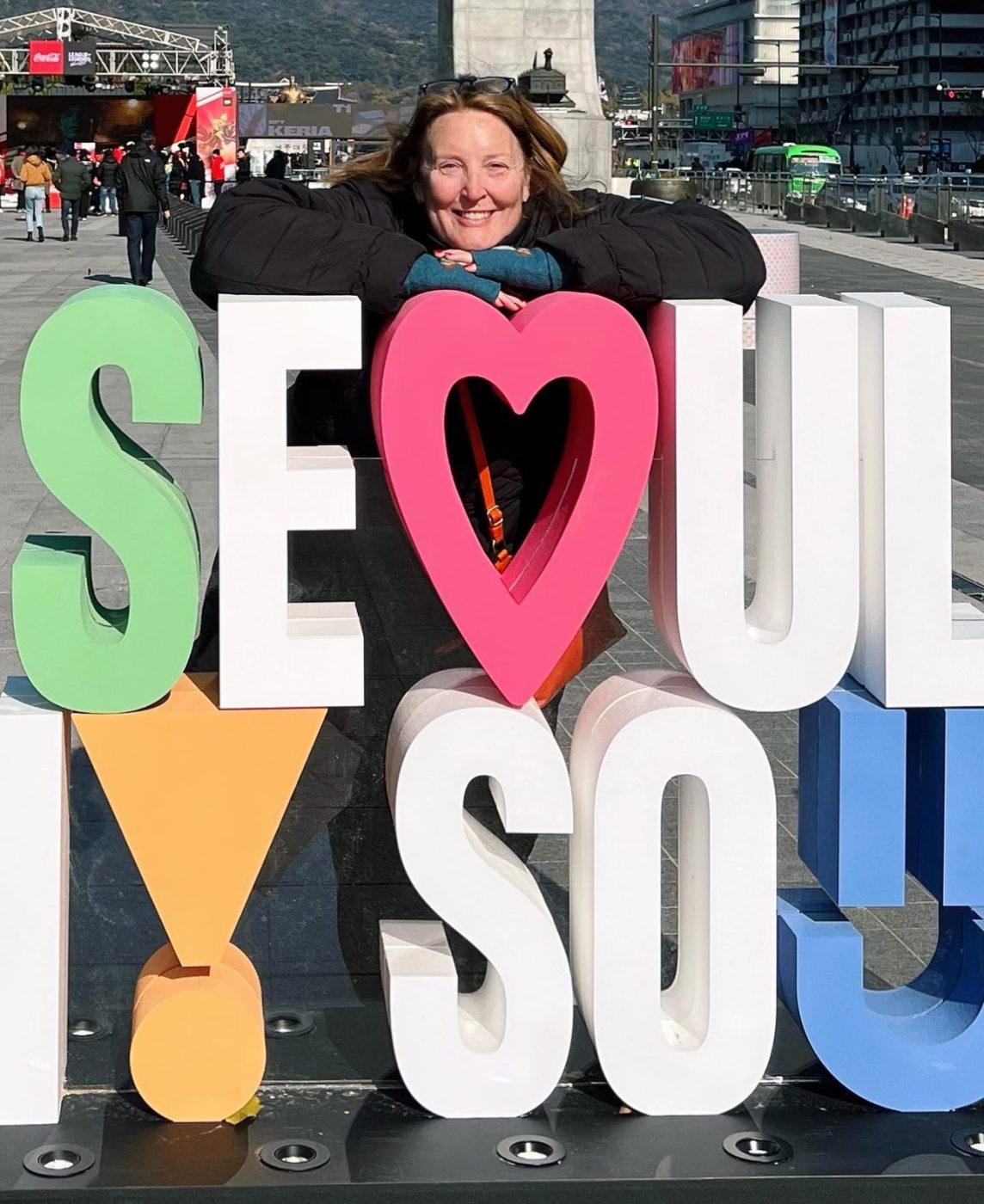Connections in South Korea
In November, I had the opportunity to explore the vibrant culture of South Korea for the first time, all thanks to the 2023 Connections Luxury event in Seoul. If you haven’t crossed paths with Connections Luxury Travel before, they’ve been crafting extraordinary networking experiences since 2014, bringing together decision-makers and esteemed professionals in the luxury travel industry on an international scale. What sets them apart is their distinctive approach known as the Connections Way. The method is inspired by insights of the renowned neurobiologist Eric Kandel, who centers around the idea that “nothing is remembered without an emotion.” According to Kandel, sharing an experience with another person creates a shared emotion. When we recall that person, we inevitably recall the emotion attached. If the emotion is positive, the likelihood of reconnecting in the future is significant.
This is not your typical B2B event! The philosophy is reflected in the diverse activities offered alongside your traditional 1-1 appointments. During your supplier meetings, you and the supplier will select an activity to enjoy together, while still providing an opportunity to engage in discussions about their property or service. Attendees had the chance to craft gochujang, explore historical areas, master the art of gift wrapping, and our final activity involved making kimchi, which would later be donated to those in need.
In the span of two and a half days, I found myself deeply immersed in the destination, leaving with a trove of memorable experiences and industry connections that I am eager to share with my clients. Subsequently, I extended my stay for a six-day FAM in Seoul. Below, are some insights that I hope will pique your interest and inspire you to learn more about this vibrant country that hosted such a memorable event.
City Overview
Seoul is the capital of South Korea and stands as a bustling metropolis that seamlessly weaves together the threads of modernity and tradition. Picture ancient temples nestled beside vibrant neon lights, creating a cityscape that epitomizes the harmonious coexistence of the past and the present. Here are some key highlights:
Natures Beauty: Nestled amidst seven mountains, flanked by Bukhansan National Park and the serene Han River, Seoul has an abundance of activities for nature lovers. Explore the historic Hanyangdoseong city wall, dating back to the Joseon Dynasty, on a leisurely stroll or venture on scenic hikes in places like the Bukhansan Mountain Trail (it is a 20-minute drive from Seoul to Bukhansan National Park) to experience the lush landscapes firsthand.
Urban Dynamism: As the world’s fourth-largest metropolitan city, Seoul pulsates with the vibrant energy of urban life. Home to over 10 million residents in the capital area alone, and 25 million (half Korea‘s total) in greater Seoul, the cityscape is a captivating mix of trendy boutiques and quirky cafes, painting a vivid picture of Seoul’s dynamic urban culture.
Quality Living Hub: Recognized as Asia’s most livable city in 2015 by Arcadis, Seoul offers a high quality of life and sustainability. For wellness enthusiasts, indulge in rejuvenating spa experiences and discover great deals on renowned Korean beauty products, blending modern comforts with a commitment to well-being.
Historic Treasures: With a rich history that spans more than 2,000 years, Seoul served as the capital of the Joseon Dynasty and has witnessed the country’s transformation into a modern powerhouse. The country is home to three UNESCO World Heritage Sites: Changdeokgung Palace Complex, Hwaseong Fortress, and Jongmyo Shrine.
Tech Innovation Hub: Seoul is the world’s most wired city and ranked first in technology readiness by PwC’s Cities of Opportunity report. Enjoy high-speed connectivity, futuristic gadgets, and a tech-forward lifestyle that permeates every aspect of the city.
Effortless Exploration: Navigating Seoul is a breeze with its efficient and extensive public transportation system. From subways to buses and high-speed trains, the city ensures that both residents and visitors can effortlessly explore its diverse neighborhoods.
There is 4G LTE, WiFi and DMB inside subway cars as well as WiFi at every station. Seoul is connected via AREX to Incheon International Airport, which was rated the world’s best airport nine years in a row.
Cultural Extravaganza: Seoul is a vibrant canvas of cultural activities, from traditional performances to the beats of modern K-pop music. Immerse yourself in the festivities of the Seoul Kimchi Making & Sharing Festival and the enchanting Seoul Lantern Festival.
Where I Stayed
The city’s diversity is mirrored not only in its bustling streets but also in its varied hotel scene. During my stay, I had the privilege of experiencing each of the exceptional hotels mentioned below, along with a visit to Rakkojae Seoul, part of the Rakkojae Hanok Collection, the pioneer in traditional hanok hotels in Korea.
Sofitel Ambassador Seoul Hotel & Serviced Residences
Nestled by the iconic Lotte World Tower and gracing the shores of Seokchon Lake, Sofitel Ambassador Seoul Hotel & Serviced Residences is an ideal haven for luxury shopping enthusiasts. Seamlessly integrating modern comforts, it provides a lavish experience in a prime location.
Conrad Seoul
A testament to modernity in the Yeouido neighborhood, Conrad Seoul offers sophistication in its closest proximity to international airports. With direct access to IFC Mall, linked to the Hyundai department store and Yeouido station, the hotel presents a refined urban experience with abundant shopping opportunities.
Four Seasons Seoul
Situated in the heart of Seoul, The Four Seasons Hotel Seoul boasts an unrivaled location. Mere steps away from Gwanghwamun Plaza and within a 10-minute stroll from cultural landmarks such as Gyeongbokgung Palace, Sejong Art Center, Cheonggyecheon Stream, and the city hall, the hotel seamlessly blends luxury with historical proximity, providing a unique perspective on the city’s rich cultural tapestry.
What to do
Hanbok Experience: Renting and wearing a traditional Korean hanbok is a fantastic way to immerse yourself in the country’s culture. Many places in Seoul allow you to don these beautiful garments and explore historical palaces and streets, making for fantastic photo opportunities.
Noryangjin Fish Market: For a unique seafood experience, visit the Noryangjin Fish Market, one of Korea’s largest and oldest seafood markets. Choose your favorite seafood from a vast selection and have it prepared on-site at one of the market’s restaurants.
Temple Stay: Engage in a temple stay program where you can live in a traditional Buddhist temple, participate in meditation, monastic activities, and learn about the monastic way of life.
Korean Spa (Jjimjilbang): Relax and rejuvenate at a traditional Korean spa, where you can enjoy various saunas, soak in hot baths, and even sleep in communal areas.
Bukchon Hanok Village: Stroll through this well-preserved traditional village with hanok (traditional Korean houses) nestled between modern skyscrapers. The area offers a glimpse of old Seoul amidst the urban landscape. This is where the Hanok hotel is located.
K-Pop Experience: Visit entertainment company studios, attend live music shows, or explore K-Pop-themed attractions like the SM Entertainment Coex Artium or the K-Star Road in Gangnam.
Korean Folk Village: Located just outside Seoul, this open-air museum provides a hands-on experience of traditional Korean culture with cultural performances, workshops, and exhibits.
Korean Cooking Class: Join a cooking class to learn how to make iconic Korean dishes like kimchi, bulgogi, bibimbap, and more. My class started with market shopping with the chef. It was a great hands on experience and a wonderful lunch.
Hangang River Cruise: Take a leisurely cruise along the Han River, especially at night when the city’s skyline is beautifully illuminated.
